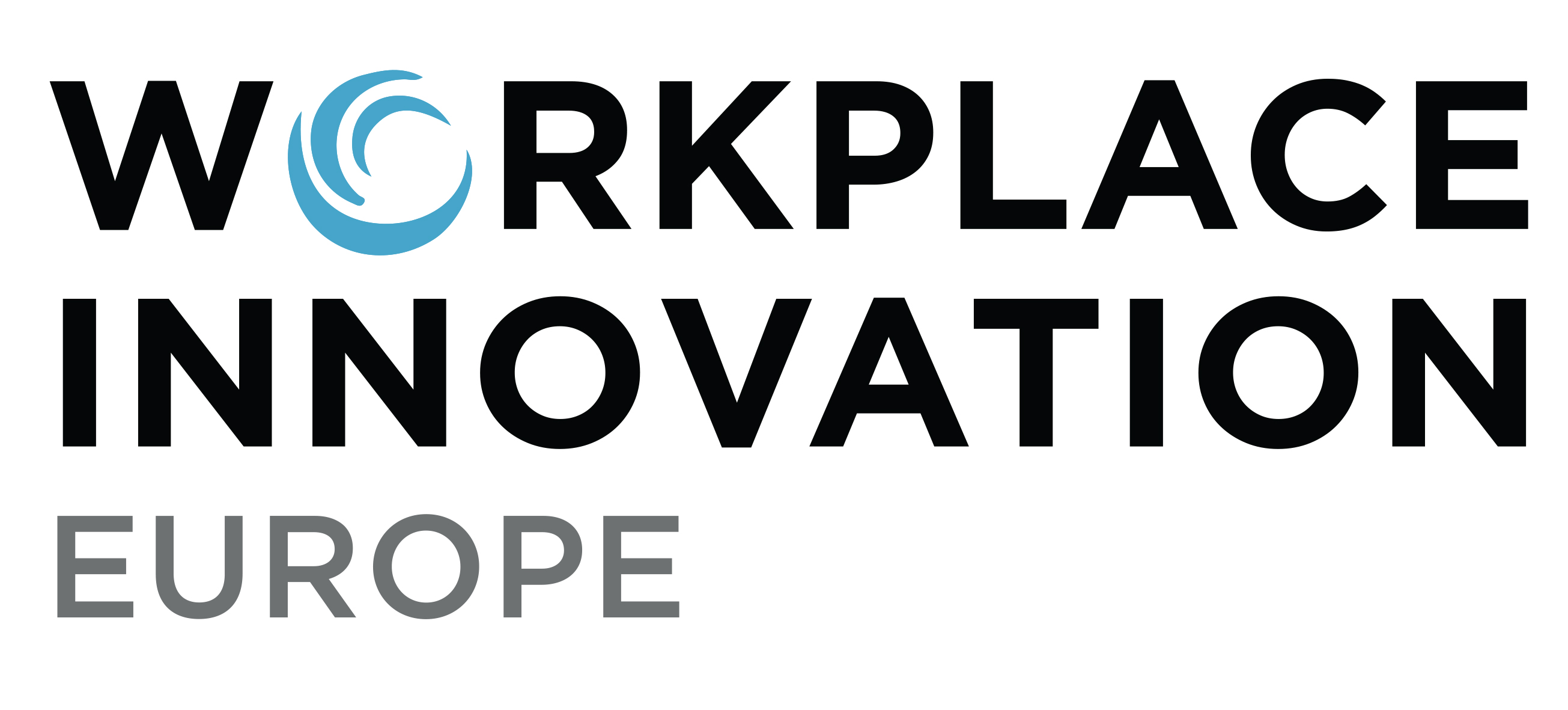How the right approach to skills development can make change happen – and make it stick
Apart from helping companies change their working practices and culture, we research evidence of “what works” in building high performance and great places to work from across Europe and beyond.
That evidence tells us that many leadership development courses don’t lead to real changes in workplace practice or culture. So what is to be done?
Here are seven insights on how to design or select a programme which provides change leaders with the knowledge, skills and practical support they need for success:
How can we help? We offer a bespoke support for change leaders, plus a range of practical tools and resources. Contact us for an informal chat!



